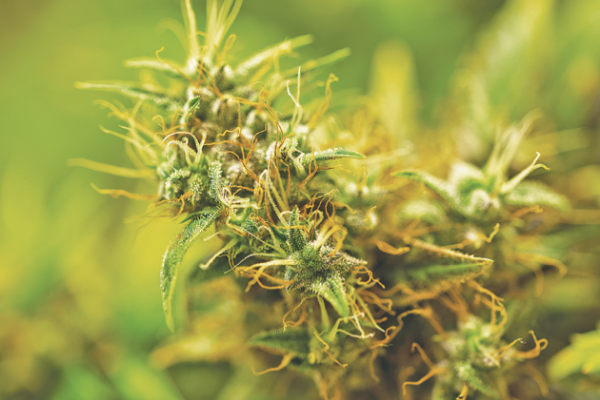OKLAHOMA CITY – Marijuana surpassed alcohol as the revenue-producing palliative of choice in Oklahoma last year.
Beverage taxes and licenses produced a little over $133 million in 2020, Oklahoma Tax Commission ledgers reflect. That sum included $30.8 million from “strong” beer taxes, $40.37 million from the spirits and wine tax, $61.77 million from the mixed beverage gross receipts tax, and $71,678 from beverage licenses.
In comparison, medical marijuana produced more than $170 million in taxes and license fees last year, records of the Oklahoma Medical Marijuana Authority and the Tax Commission indicate.
The 7% medical marijuana tax generated $56.2 million in 2020, Tax Commission ledgers reflect. The 4.5% state sales tax, plus local sales taxes of varying amounts that were collected on those MMJ product purchases, generated $71.59 million last year. Those levies combined to produce $127.8 million in 2020 – more than double the $54.7 million in tax receipts generated in 2019.
According to the state’s Medical Marijuana Authority, as of January 5, 2021:
• Oklahoma has 6,564 licensed marijuana farmers, 1,262 licensed marijuana processors, 2,057 licensed marijuana dispensaries, and 69 licensed transporters. Each of those 9,952 business owners paid $2,500 for a one-year state license. That generated $24,880,000.
• A marijuana waste disposal license costs $5,000, and Oklahoma has nine of them. That’s $45,000.
• A little over 367,000 Oklahomans have applied for and received licenses to use medical marijuana. A typical patient’s license costs $100, but the fee is slashed to $20 for Medicare and Medicaid recipients and for totally disabled military veterans. Since the number of patients in each of those two categories is unknown because of privacy issues, we’ll arbitrarily cut the max in half: $18 million from patient licenses.
Thus, the total produced in 2020 from MMJ taxes and licenses was at least $170 million.
‘BOOMING YEAR’ FOR CANNABIS
According to the National Conference of State Legislatures, three dozen states (including Oklahoma) have medical and/or recreational marijuana programs.
In most of those states, marijuana excise taxes are based on the retail price and are levied at the point of sale. Three states (Alaska, California and Maine) levy a weight-based excise tax on marijuana. Illinois is an outlier: it taxes marijuana based on its potency, similar to taxing liquor on its alcohol content.
Last year “proved to be another booming year for cannabis, and the retail market continued to see that growth,” said James Ahrendt of Akerna, an enterprise software company serving the cannabis, hemp and CBD (cannabidiol oil) industry.
2020 was a record-setting year for medical marijuana sales in Oklahoma. The 7% state tax on MMJ produced a little over $56 million, which was more than double the tax receipts collected in 2019.
Additionally, that represented $803.5 million in sales of marijuana products in Oklahoma last year – equivalent to $2,189 for each of the state’s 367,053 licensed MMJ patients.
TOP 5 SALES DAYS FOR MJ IN U.S.
In a related matter, Akerna calculated the top five cannabis sales days of 2020.
“We wanted to focus on the top single sales days of 2020, which all seem to follow our nationally celebrated holidays,” Ahrendt said. The five leading cannabis sales day of 2020 were:
• New Year’s Eve (Dec. 31): $89.4 million
• Green Wednesday (Nov. 25, the day before Thanksgiving): $87.4 million
• Wednesday before Christmas (Dec. 23): $87.3 million
• Black Friday (Nov. 27, the day after Thanksgiving): $86 million
• Friday before Halloween (Oct. 30): $85.8 million
The Friday before Memorial Day (May 25 last year) historically ranks as one of the highest cannabis sales days of the year, but failed to make the cut in 2020, Akerna reported.
Sales by gender were: male, 62%; female, 38%.
Sales by age groups, according to Akerna, were:
• Under age 30: 27%
• Age 30-40: 30%
• Age 40-50: 20%
• Age 50-60: 13%
• Over age 60: 10%



